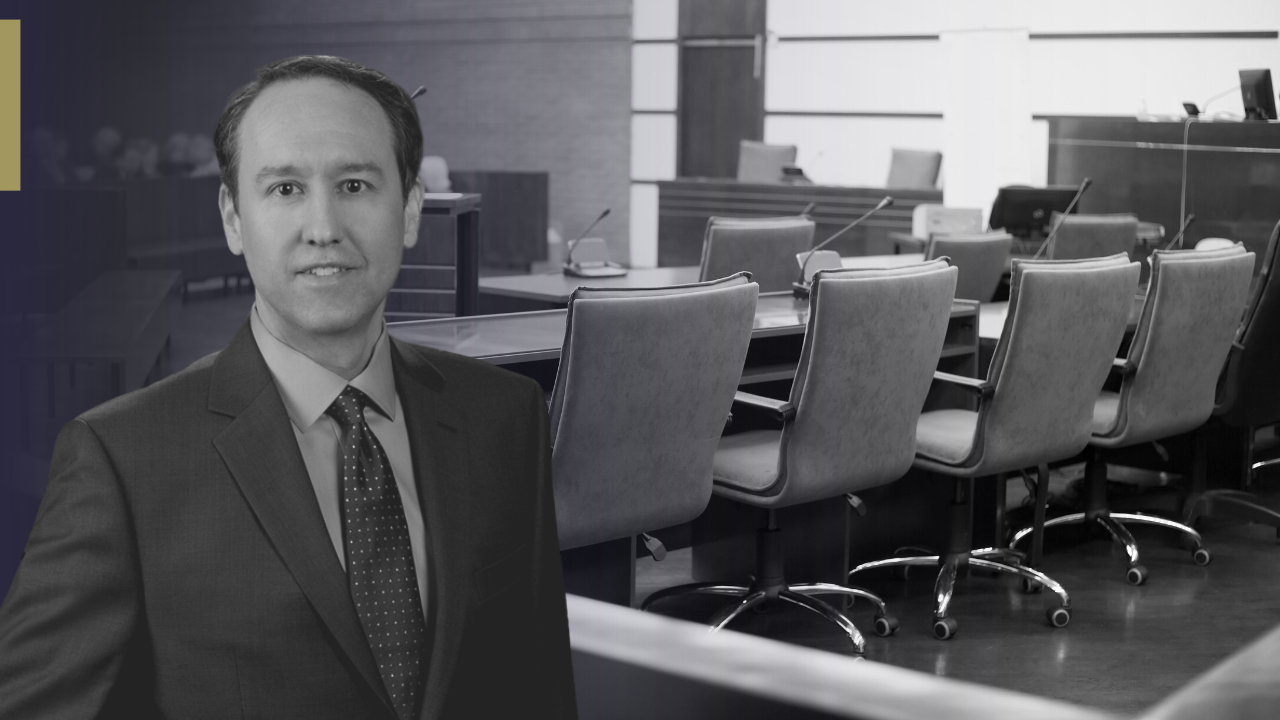The Economist reports that executions are on the decline and that fewer Americans support the death penalty today than they did in 1994. In fact, most death penalty sentences are handed down in narrow areas of the country:
Earlier this month a vote to repeal the death penalty narrowly failed in New Hampshire, but similar measures succeeded in six states between 2007 and 2013, reducing the number of capital-punishment states to 32. Among those states, 15 have carried out no executions since 2010. Just four—Texas, Virginia, Oklahoma and Florida—are responsible for roughly 60% of the executions since 1976. Texas alone carried out 37% of the total. Within capital-punishment states, a mere 15 counties are responsible for 30% of executions. (Although capital punishment is state law, generally the decision to seek the death penalty is made by district attorneys at the county level.)
60% of the executions in the country are carried out in just four states and merely 15 counties are responsible for 30% of the executions.
There are several possible contributing factors to the decline in the death penalty elsewhere. The first is that life without the possibility of parole is available in more jurisdictions. Until recently, life with the possibility of parole or death were the only two options. In Georgia, until recently, the only route to life without was to notice death and either negotiate the case to LWOP or to have a jury find for it after the sentencing phase of a death penalty trial. Costs are another issue. It is three times more expensive to execute a person than it is to hold the person in prison for life. Another issue is the unavailability of drugs used in execution and subsequent legal challenges to drugs used as a substitute. Finally, there is a decline in the type of aggravated murders for which prosecutors typically seek the death penalty.
Of course, the silver lining contains a dark cloud. While LWOP has become more available to prosecutors in those cases where death would typically be sought, it has also become more available in those cases where death would not have been sought. I’ve seen no numbers, but it is likely that LWOP is on the increase even as other factors drive executions down. The problem with a middle option in murder cases is that judges are likely to give the maximum they can after a jury verdict or in a contested sentencing hearing. If you’re a judge facing the prospect of an upcoming election, it’s likely politically difficult to leave open the possibility of parole where life is taken, even if the possibility of parole was slim to begin with, and even then not available for 30 years (in Georgia).
While the death penalty may on the decline, the net result may be that more people die in prison than ever before, just more slowly.


